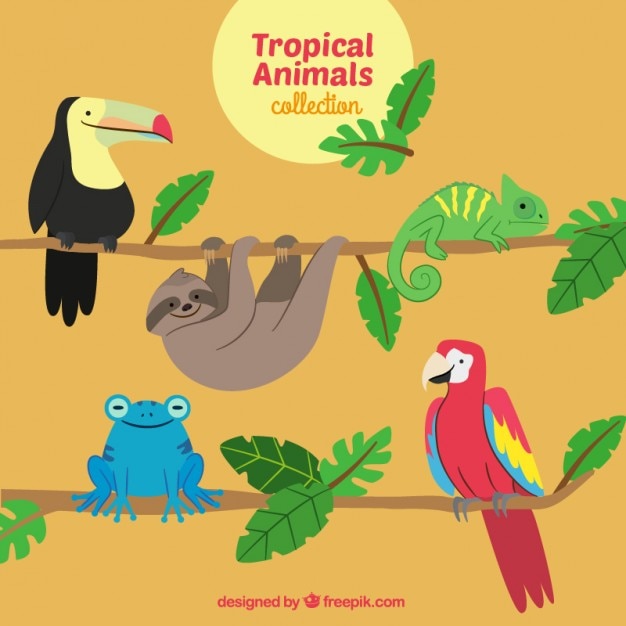Interesting Facts about Parrots

Parrots can live up to 80 years, making them one of the longest-living birds.
Parrots are highly intelligent and can learn to mimic human speech.
There are over 350 different species of parrots in the world.
In the wild, parrots can be found in tropical and subtropical regions.
Parrots have zygodactyl feet, which means they have two toes pointing forward and two pointing backward.
Some parrot species, like the African grey parrot, have the ability to understand and use words in context.
Parrots have a strong beak that they use to crack open nuts and seeds.
Parrots are social creatures and often live in large flocks.
Macaws, a type of parrot, are known for their vibrant and colorful feathers.
Parrots are excellent climbers and can use their beaks and feet to navigate trees.
Parrots have a specialized diet that consists of fruits, nuts, seeds, and vegetation.
Some parrots, like the kakapo, are flightless and use their wings primarily for balance.
The largest parrot species is the hyacinth macaw, which can reach a length of 3.3 feet.
Parrots have a unique ability to use their tongues to taste the air, which helps them locate food.
Parrots have an excellent sense of hearing and can distinguish between different sounds and pitches.
The Amazon rainforest is home to a wide variety of parrot species.
Parrots have a playful nature and enjoy interactive toys and puzzles.
Interesting Facts about Parrots part 2
Some parrot species, like the kea, are known for their mischievous behavior.
Parrots have adapted to various habitats, including forests, grasslands, and coastal regions.
Parrots have a strong bond with their mates and often mate for life.
Parrots have been kept as pets for centuries and were popular among aristocrats in ancient civilizations.
Parrots have a unique ability to imitate sounds, including alarm bells, telephone rings, and musical tunes.
Some parrot species, like the lorikeet, have a specialized brush-like tongue for feeding on nectar.
Parrots are highly adaptable and can thrive in both urban and rural environments.
Parrots communicate with each other using a variety of vocalizations and body language.
Parrots have a unique feather structure that allows them to fly gracefully and maintain balance.
Parrots have a high metabolism and require a diet rich in nutrients.
Parrots are known for their curiosity and love exploring their surroundings.
Parrots are capable of recognizing themselves in mirrors, showing a level of self-awareness.
Parrots have a complex digestive system that allows them to break down tough fibers in their diet.
Some parrot species, like the cockatoo, are known for their crest of feathers on their heads.
Parrots have a unique way of cooling themselves by using their wings to create a breeze.
Parrots are monogamous breeders and lay a small number of eggs during the breeding season.
Parrots have been used in various forms of media, including movies and cartoons.
Parrots are highly adaptable learners and can be trained to perform tricks and tasks.
Parrots have a strong sense of territoriality and will defend their nesting sites from intruders.
Parrots have a keen sense of spatial awareness and are skilled at navigating their environment.
Parrots have a unique ability to manipulate objects with their feet, allowing them to grasp and hold items.
Some parrot species, like the scarlet macaw, are prized for their vibrant feathers and are illegally traded.
Parrots play a crucial role in seed dispersal, as they consume fruits and excrete the seeds in different locations.
Parrots have been depicted in various forms of art, symbolizing intelligence and beauty.
Parrots have a strong bond with their human companions and can form deep emotional connections.
Parrots have a specialized gland called the uropygial gland, which produces oil that they use to preen their feathers.
Parrots have a diverse range of vocalizations, including squawks, whistles, and chirps.
Parrots have played a significant role in cultural traditions and folklore, representing wisdom and communication.

